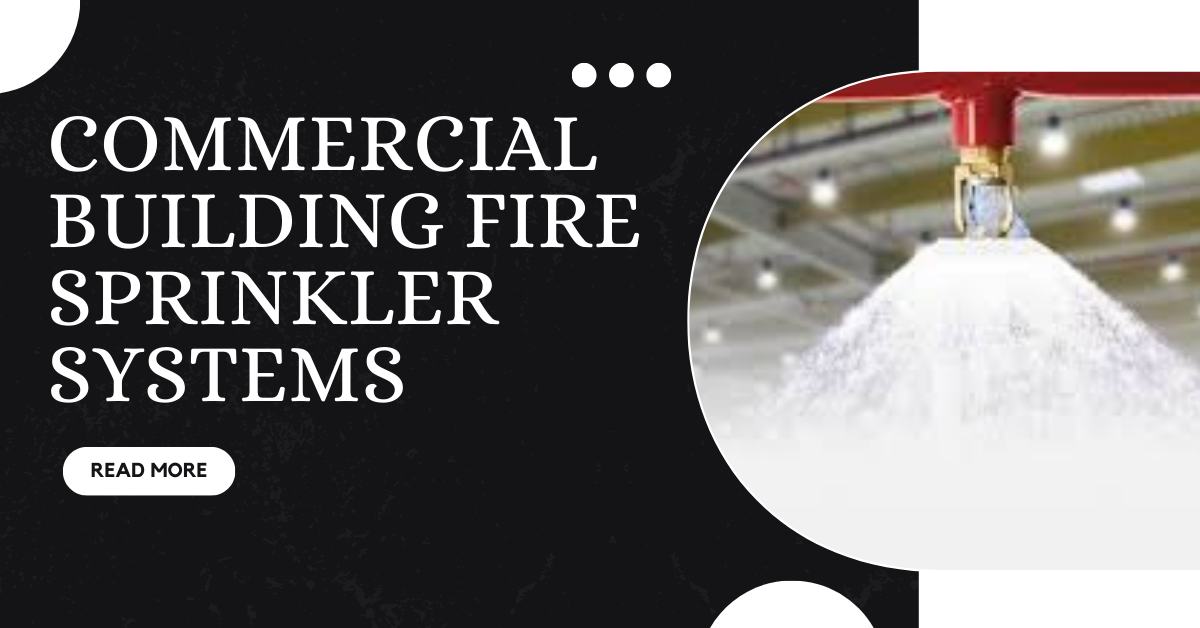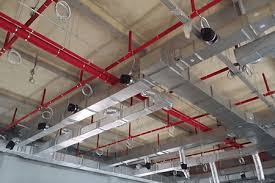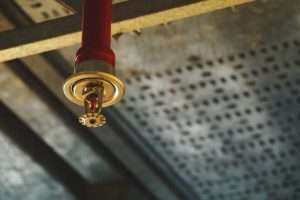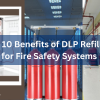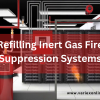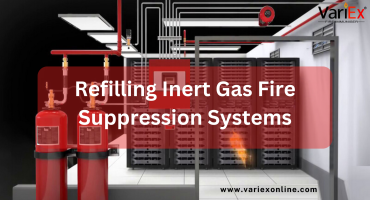![]()
Fire Immuniser
+91-7829629111
Email: info@variex.in
Varistor Technologies Pvt. Ltd.
Block-1, First Floor, Ardente Office One, Hoodi Circle, ITPL Main Road, Bengaluru, Karnataka 560048, IN
Commercial Building Fire Sprinkler Systems
Frequently Asked Questions
Fire sprinkler systems are crucial for commercial buildings as they provide rapid fire suppression, protecting lives, property, and assets. They can contain or extinguish fires before they escalate, minimizing damage and reducing the risk to occupants.
Common types of fire sprinkler systems used in commercial buildings include wet pipe systems, dry pipe systems, pre-action systems, and deluge systems. The choice depends on factors such as building occupancy, fire hazards, and environmental conditions.
Yes, regular maintenance and inspections are essential to ensure the reliability and effectiveness of fire sprinkler systems in commercial buildings. Compliance with maintenance standards, such as NFPA 25, helps identify and address issues promptly to maintain system integrity.
Many insurance providers offer discounts for commercial properties equipped with fire sprinkler systems due to their proven effectiveness in reducing fire-related losses. Property owners should consult with their insurance provider to understand the potential cost savings associated with installing a sprinkler system.
While traditional fire sprinkler systems are the most common, alternatives such as water mist systems, foam systems, and gaseous suppression systems may be suitable for specific applications or environments. Each alternative has unique characteristics and considerations regarding installation, maintenance, and effectiveness.
Final Say
At VariEx.in and VariexOnline.com, we specialize in supplying and installing top-quality fire fighting systems and equipment. From fire extinguishers to advanced suppression systems, we offer comprehensive solutions tailored to your needs. Our experienced team ensures precise installation and maintenance for optimal safety.
Trust VariEx for reliable fire protection. Contact us online or call 7829629111 to learn more.


